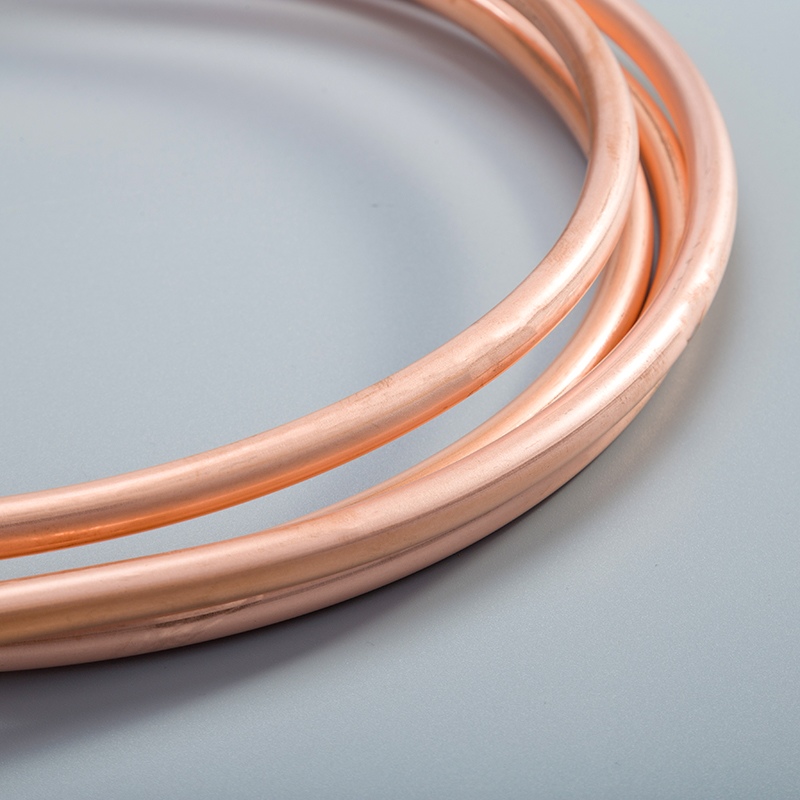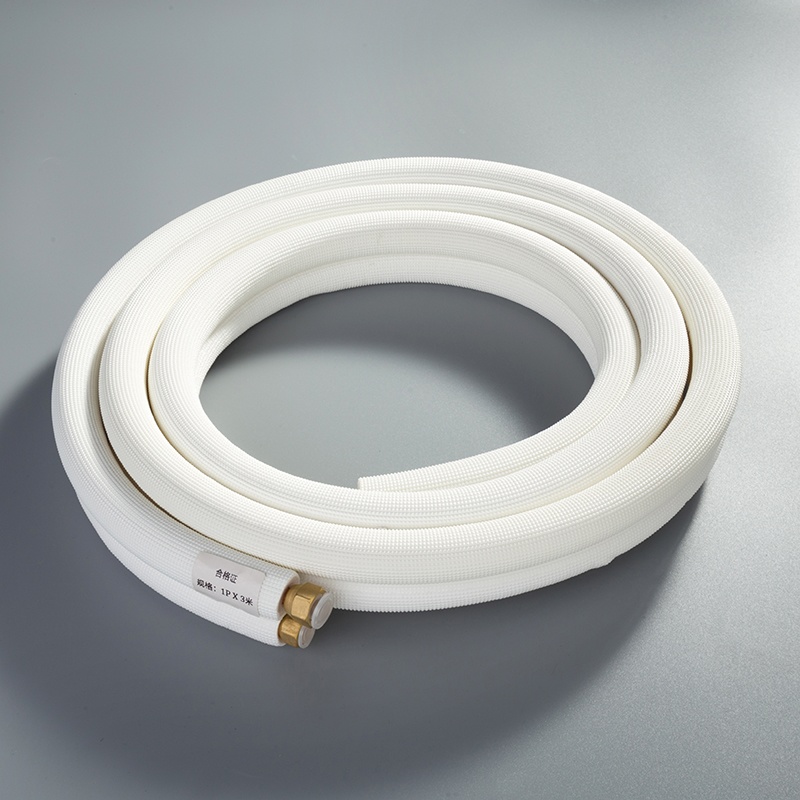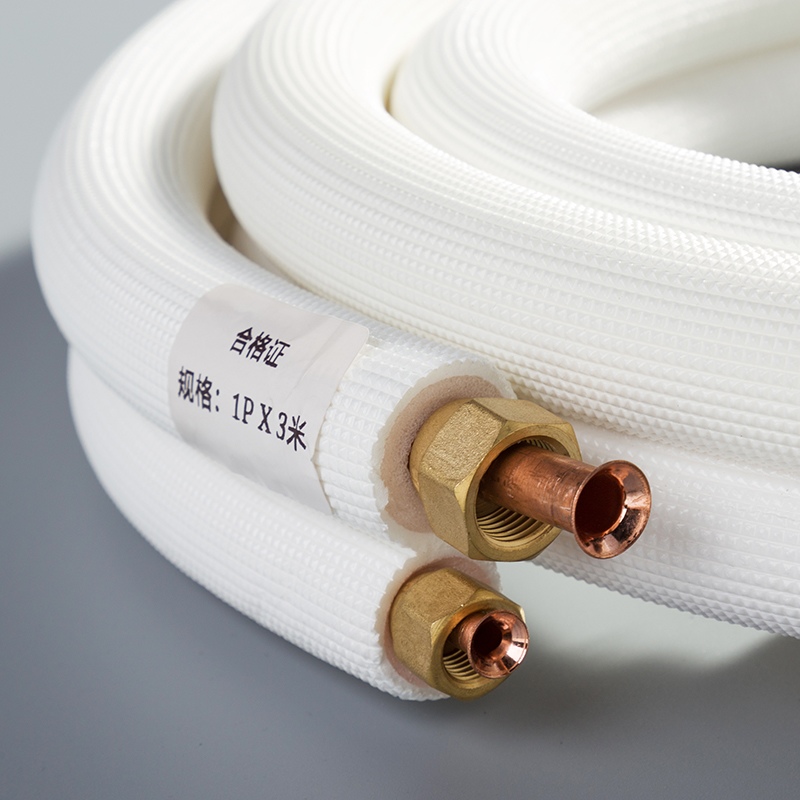How to Connect Galvanized Pipe to Copper

Proper pipe connections play a crucial role in ensuring the integrity of plumbing systems. Understanding how to connect galvanized pipe to copper is essential for maintaining water quality, flow, and preventing issues like corrosion. By following a systematic process, individuals can bridge the gap between different pipe materials effectively. The significance of this connection lies in its impact on preventing leaks, preserving structural strength, and prolonging the lifespan of the entire system. Additionally, can you connect PEX pipe to copper? Yes, you can. Using the right fittings and techniques, can you connect PEX t to copper pipes seamlessly, ensuring a robust and reliable plumbing network.
Tools and Materials

Required Tools
Wrenches: Essential for tightening and loosening connections securely.
Teflon Tape: Used to create a tight seal between threaded joints, preventing leaks.
Pipe Cutter: Enables precise cutting of pipes for accurate fittings.
Required Materials
Dielectric Union: Utilized to connect copper to galvanized pipes, preventing galvanic or dielectric corrosion.
No-Hub Coupling: Offers a secure connection between different pipe materials with its rubber insert and stainless steel clamp.
Copper Pipe: Known for its durability and resistance to corrosion, ideal for water supply lines.
Galvanized Pipe: Provides strength and durability, commonly used in outdoor applications due to its resistance to elements.
Step-by-Step Guide

Preparing the Pipes
To begin the connection process, cutting the pipes accurately is crucial. This step ensures that the pipes are of the correct length for a secure fit. Following this, cleaning the pipe ends becomes essential to remove any debris or dirt that could hinder a proper connection.
Connecting with Dielectric Union
When attaching to the galvanized pipe, ensure a tight and secure fit by threading the steel female end of the dielectric union onto the male threads of the galvanized pipe. For attaching to the copper pipe, slide the female copper hub fitting over the copper tubing and solder it in place for a reliable connection.
Connecting with No-Hub Coupling
Begin by fitting the rubber insert over one end of each pipe to create a seal between them. Next, tighten the stainless steel clamp around both pipes to secure them together effectively.
Testing the Connection
Checking for Leaks
To verify the integrity of the connection, observe for any signs of water seepage or moisture around the joint. Start by drying the area thoroughly and then run water through the pipes. Watch closely for any droplets forming on the exterior of the connection, indicating a potential leak. If leaks are detected, promptly address them to prevent water damage and ensure a watertight seal.
Ensuring a Secure Fit
Ensuring a secure fit is paramount to guaranteeing the longevity and efficiency of the plumbing system. Confirm that all connections are tightly fastened and free from any play or movement. Gently tug on each pipe to check for stability; there should be no shifting or loosening. Additionally, inspect the alignment of the pipes to guarantee they are properly joined without any gaps or misalignment. A secure fit not only prevents leaks but also promotes optimal water flow throughout the entire network.
By meticulously checking for leaks and ensuring a secure fit, individuals can rest assured that their galvanized pipe to copper connections are robust, reliable, and built to last.
Alternative Methods
Can You Connect PEX Pipe to Copper?
Using PEX Fittings
PEX fittings are specifically designed to facilitate the connection between PEX pipe and copper. These fittings ensure a secure and leak-free joint, enhancing the overall integrity of the plumbing system. By utilizing PEX fittings, individuals can seamlessly transition between different pipe materials, providing versatility and reliability in their installations.
Benefits of PEX
Durability: PEX pipes are highly durable and resistant to corrosion, ensuring longevity in plumbing systems.
Flexibility: The flexibility of PEX pipes allows for easy installation in various configurations, reducing the need for additional connectors.
Cost-Effectiveness: PEX pipes are cost-effective compared to traditional copper pipes, making them a budget-friendly option for plumbing projects.
Resistance to Freezing: PEX pipes have excellent freeze-resistance properties, minimizing the risk of burst pipes during cold weather conditions.
Can You Connect PEX T to Copper?
Using PEX T Fittings
PEX T fittings serve as an efficient solution for connecting PEX T-shaped branches to copper pipes. These fittings provide a seamless transition between different pipe materials while maintaining structural integrity within the plumbing system. By incorporating PEX T fittings, individuals can achieve a reliable and robust connection that meets their specific plumbing needs.
Installation Steps
Prepare the Pipes: Ensure both the PEX T branch and copper pipe are cut to the required length for a precise fit.
Insertion Process: Insert the ends of the copper pipe into the designated openings on the PEX T fitting until they reach a secure position.
Secure Connection: Use appropriate tools to tighten any necessary connections and ensure a leak-free joint between the two pipe materials.
By understanding how to connect PEX pipe to copper effectively using dedicated fittings like PEX fittings and PEX T fittings, individuals can create reliable plumbing networks that prioritize performance and durability.
To summarize, connecting galvanized pipe to copper involves utilizing dielectric fittings like a dielectric union or a no-hub coupling. These fittings play a crucial role in preventing corrosion and ensuring a secure joint between the dissimilar materials. It is essential to prioritize the use of dielectric fittings to maintain the integrity of the plumbing system and prevent potential issues in the future. Additionally, individuals should always conduct thorough testing to confirm the reliability of the connection and address any leaks promptly for a long-lasting and efficient plumbing network.
See Also
Beginner's Guide: Easy Steps for Soldering Copper Pipes
Simple Steps for Repairing Split Copper Pipes
Bent Copper Pipes: Simple Steps for Compression Fittings


